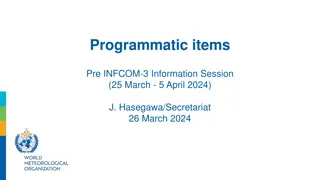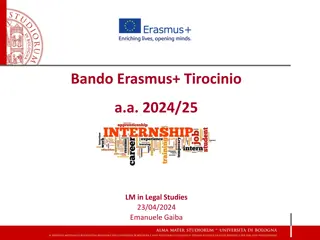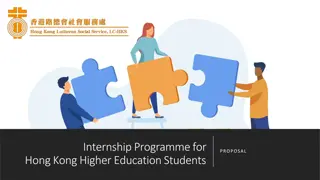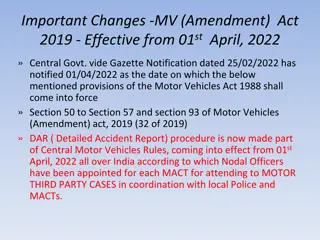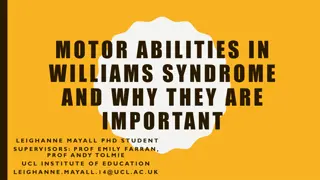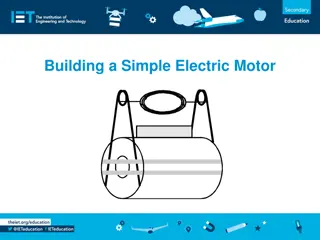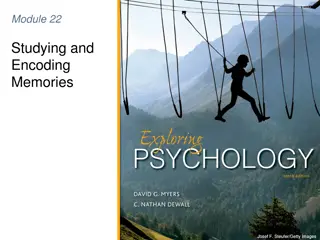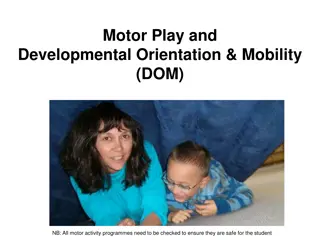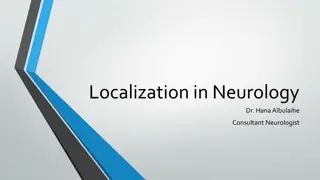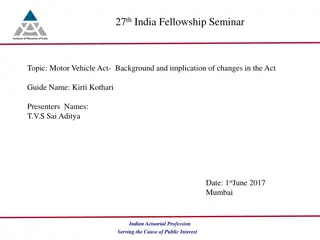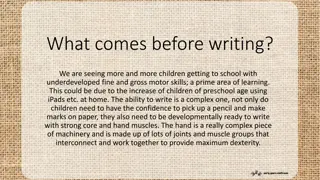Motor Relearning Programme
"Dr. Preeti Ganachari from the Dept. of Neurophysiotherapy at MGM Institute of Physiotherapy in Chh. Sambhajinagar offers a specialized Motor Relearning Programme. This program aims to enhance motor skills and movement patterns in individuals undergoing neurophysiotherapy. It combines innovative techniques and tailored exercises to facilitate neuroplasticity and functional improvements. Participants benefit from personalized care catered to their unique needs, promoting recovery and enhanced quality of life."
Download Presentation

Please find below an Image/Link to download the presentation.
The content on the website is provided AS IS for your information and personal use only. It may not be sold, licensed, or shared on other websites without obtaining consent from the author.If you encounter any issues during the download, it is possible that the publisher has removed the file from their server.
You are allowed to download the files provided on this website for personal or commercial use, subject to the condition that they are used lawfully. All files are the property of their respective owners.
The content on the website is provided AS IS for your information and personal use only. It may not be sold, licensed, or shared on other websites without obtaining consent from the author.
E N D
Presentation Transcript
Motor Relearning Programme Dr. Preeti Ganachari Dept. Of Neurophysiotherapy Mgm Institute Of Physiotherapy Chh. Sambhajinagar
Introduction The Motor Relearning Programme (MRP) was developed by the Australian physiotherapists Janet Carr and Roberta Shepherd. It is a task-oriented approach to improving motor control, focusing on the relearning of daily activities. It is strongly based on theories in kinesiology that emphasize a distributed (rather than a hierarchal) motor control model.
Motor Relearning Programme Focus on practice of missing task components and whole tasks, and transference of learning Examples: Use of real-world environments. Forced use of affected UL Inc. activity UL muscles Stretching of key UL muscles Feedback and guidance
Basic Description & guidelines The programme is composed of guidelines for evaluating and improving daily functions like: Upper limb function Oro-facial function Sitting up from supine Sitting Standing up and sitting down Standing Walking
Each section is composed of a description of normal activity (essential movement components). Mastery of a section is not necessary before going onto another section. There is no intent of progressing from one section to the next; the order of sections is not important. The patient must always be actively participating in the activity (without resistance) and given some opportunity to make mistakes.
4 Steps Analysis of task Practice of missing component Practice of task Transference of learning
Analysis of Task Observation Comparison Analysis
Practice of Missing Components Explanation- Identification of goal Instruction Practice + Verbal + Visual feedback + Manual guidance
Practice of Task Explanation Identification of goal Instruction Practice +verbal + visual feedback + manual guidance *Progression:- Increase complexity Add variety Dec. feedback & guidance Re-evaluation Encourage flexibility
Transference of learning *Opportunity to practice *Consistency of practice +ve reinforcement *Organization of self-monitored Practice *Structured & stimulating learning environment *Involvement of relatives and staff
Strategies for instructing the patient Verbal instruction is kept to a minimum. The therapist identifies the most important aspect of the movement on which the patient will concentrate. Visual demonstration is provided by the therapist s performance of the task, focusing on one or two most important components.
Manual guidance helps to clarify the model of action by passively guiding the patient through the path of movement or by physically constraining inappropriate components. Accurate, timely feedback about the quality of performance helps the patient to learn which strategies to repeat and which ones to avoid. Consistency of practice facilitates development of skill in task performance.
Motor tasks are either practiced in entirety or broken down into components. The practice of each component is immediately followed by the practice of the entire activity. Techniques principally comprise verbal and visual feedback and instruction, and manual guidance. Passive movement during demonstration should not persist >1-2 times Body alignment should be monitored consistently
Acceptable methods of progression Decrease in manual guidance and feedback Alteration in speed Increase in variety
Limitation Focus on active learning indicates limited applicability in patients with severe cognitive deficits.
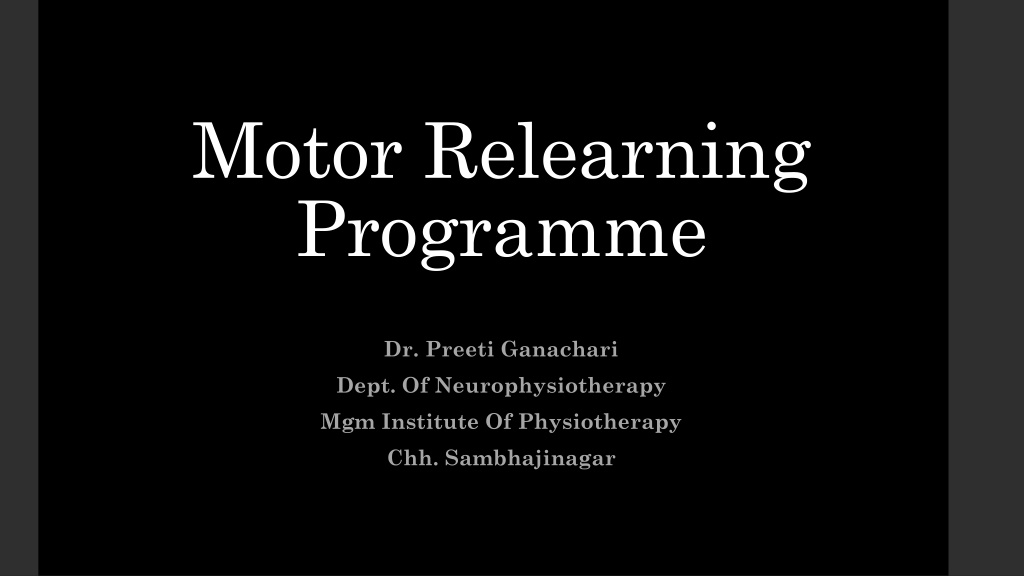
 undefined
undefined







